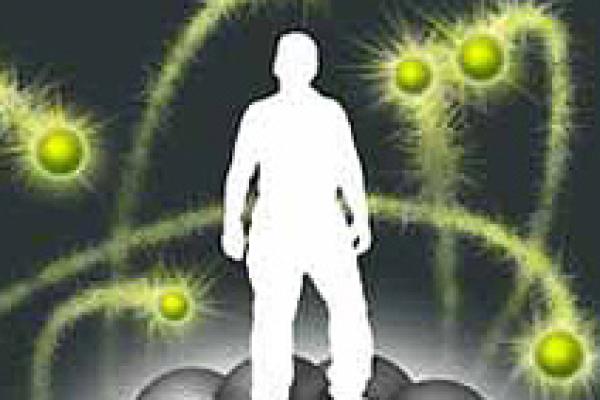Podcast


The force awakens: Quantum collisions
Could there be a fifth force of nature hitherto unknown to science? Find out with physicist Ben Allanach in this episode of Maths on the move.


